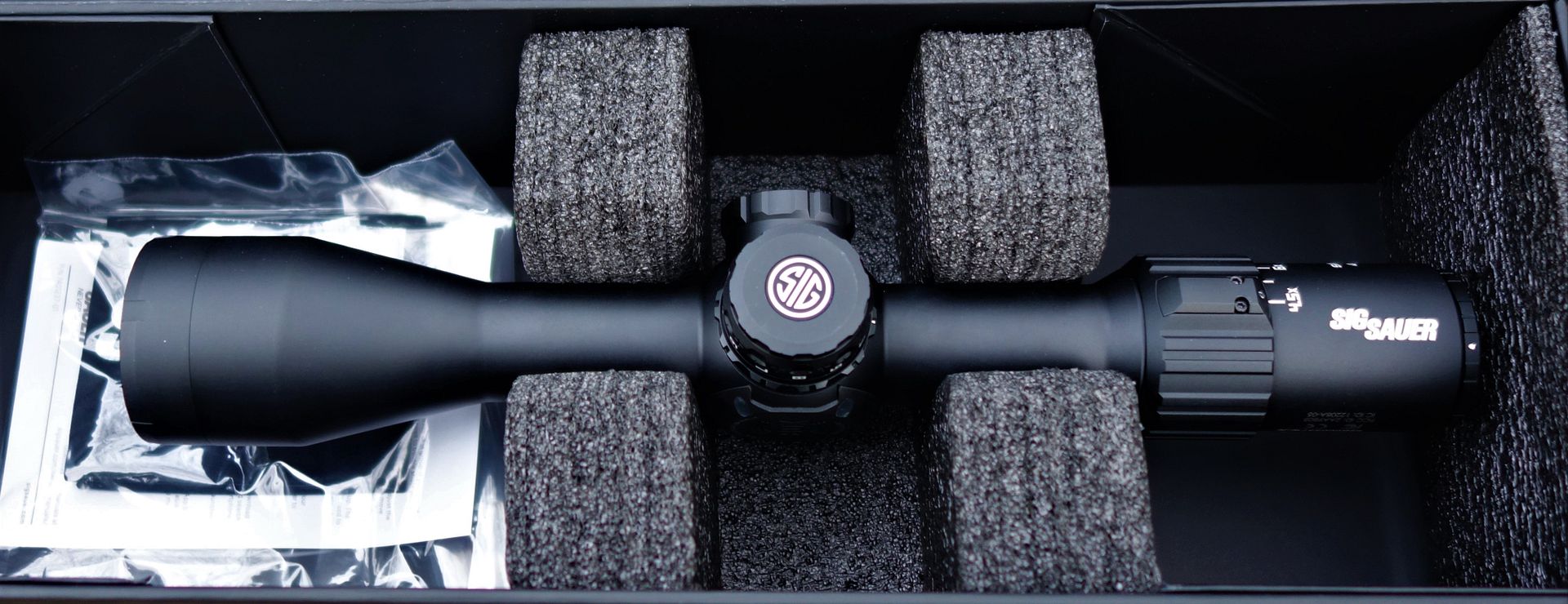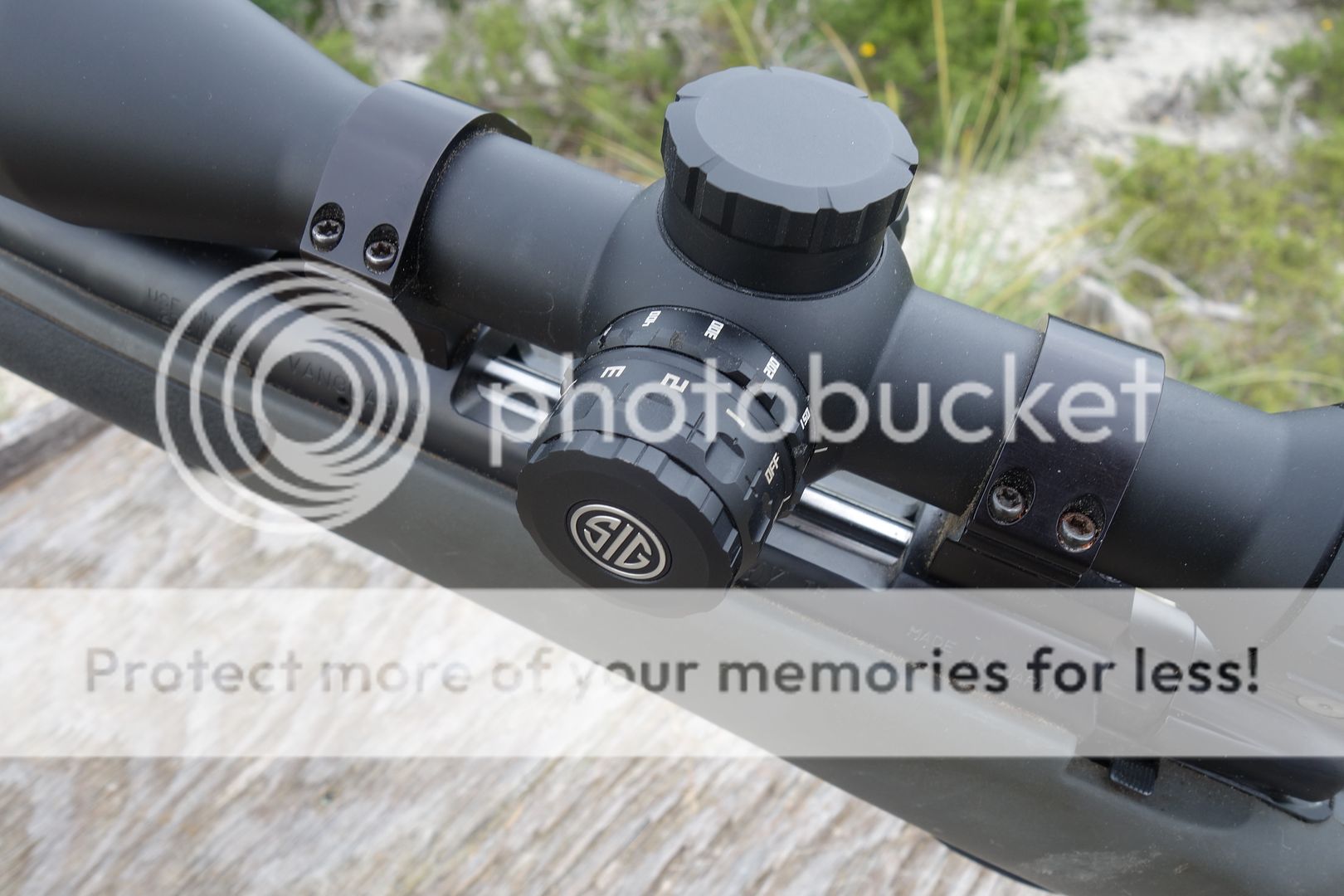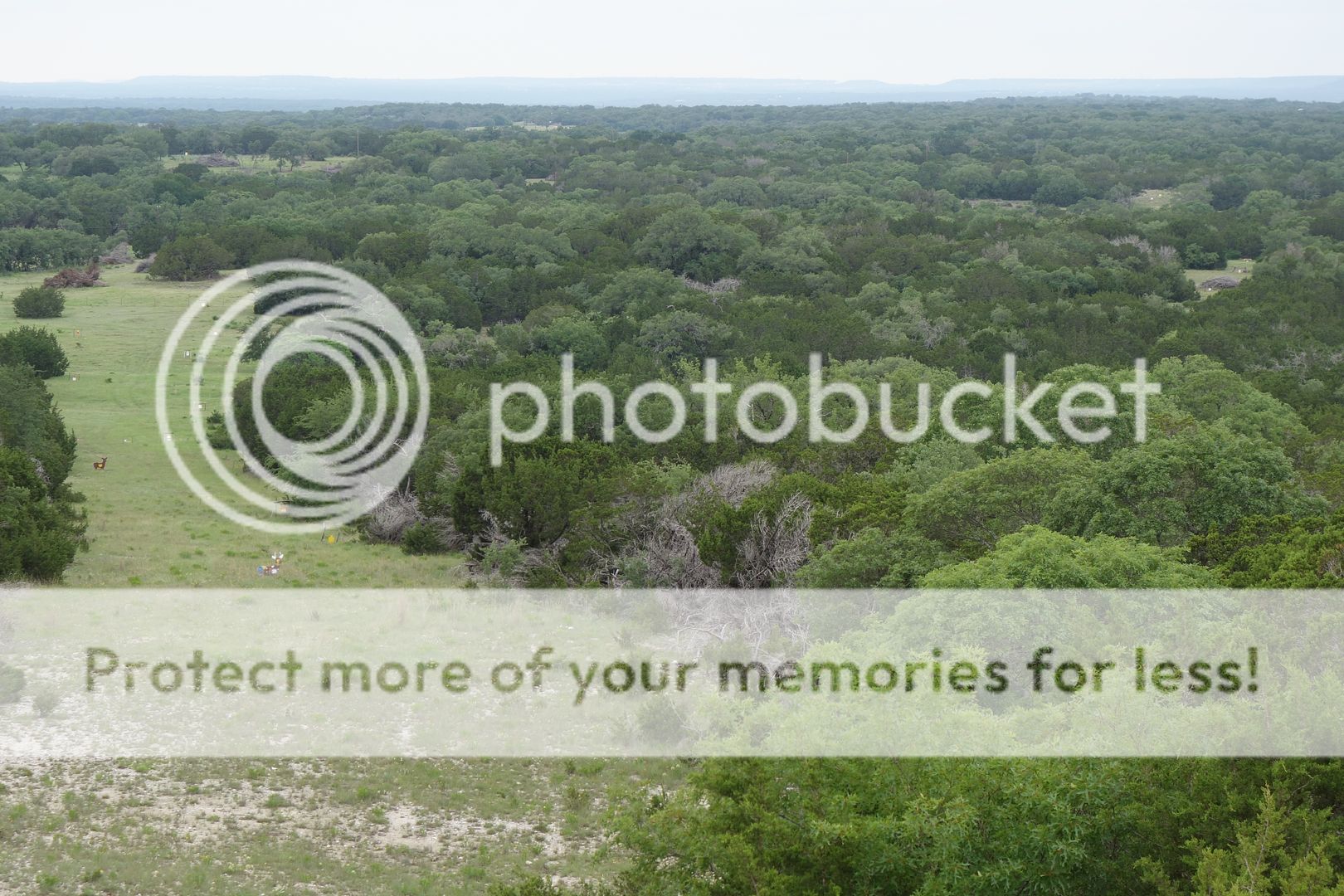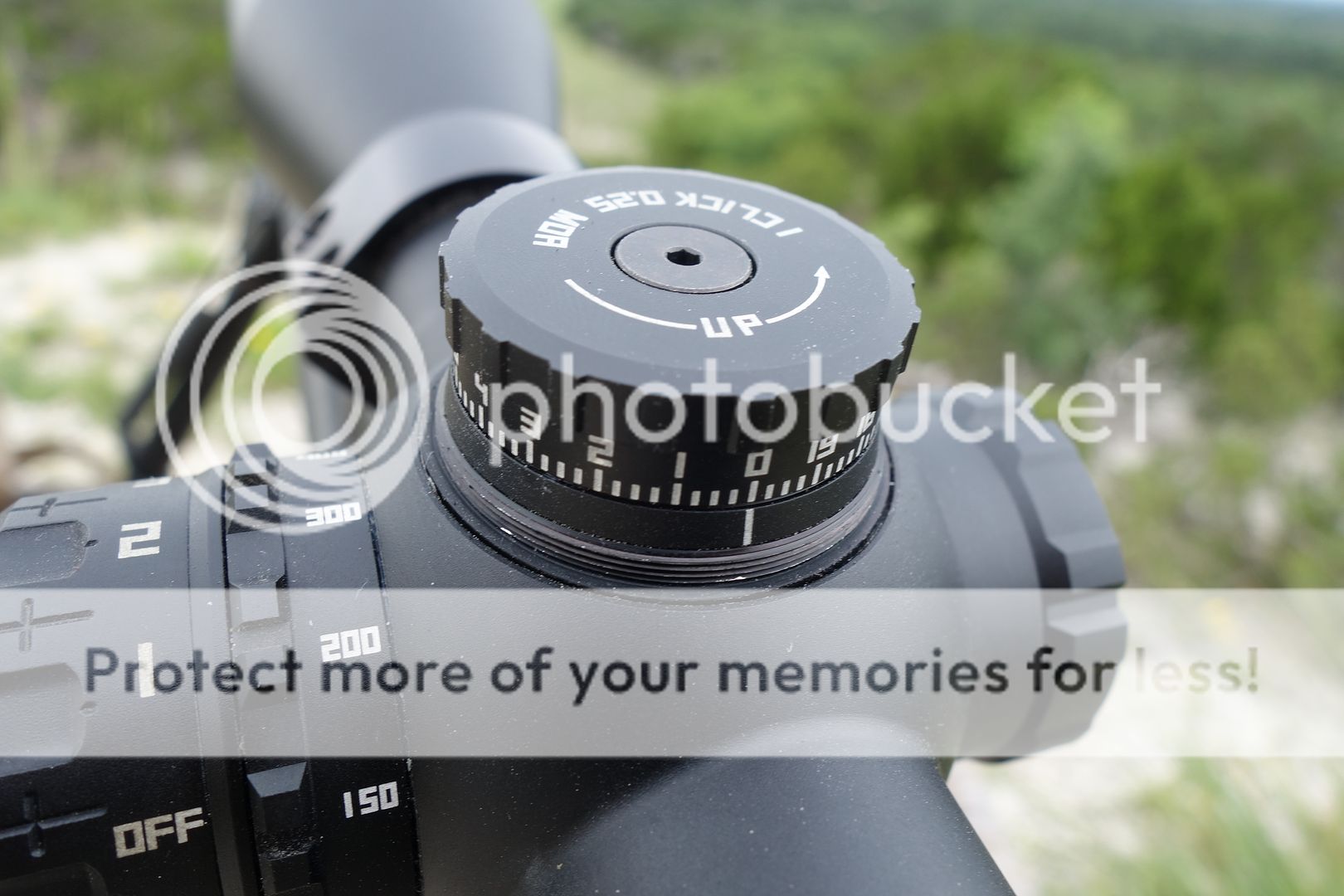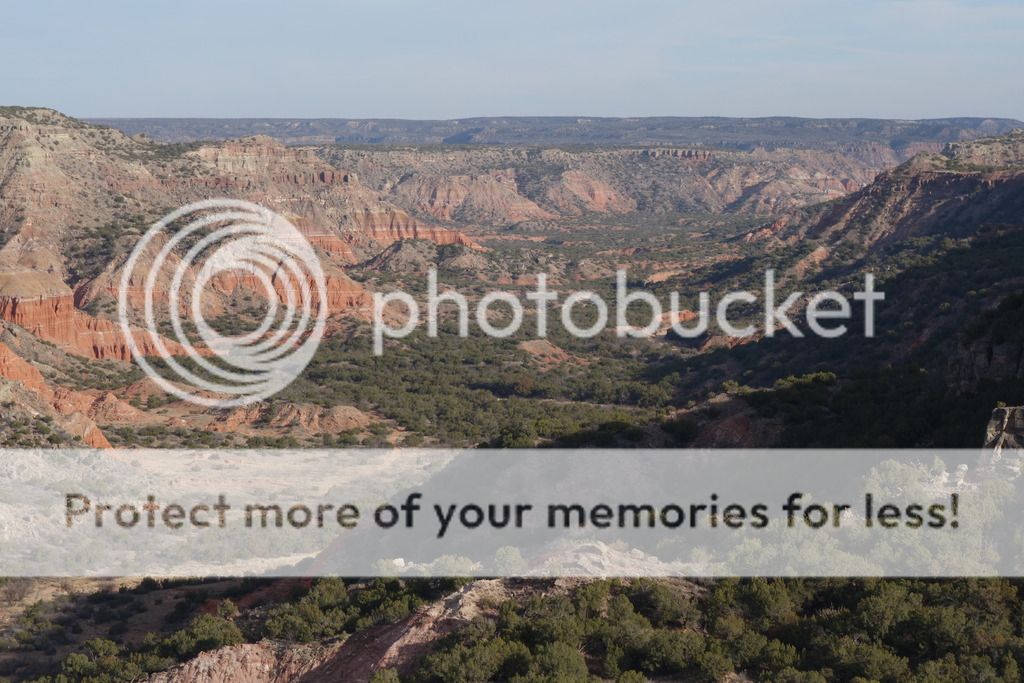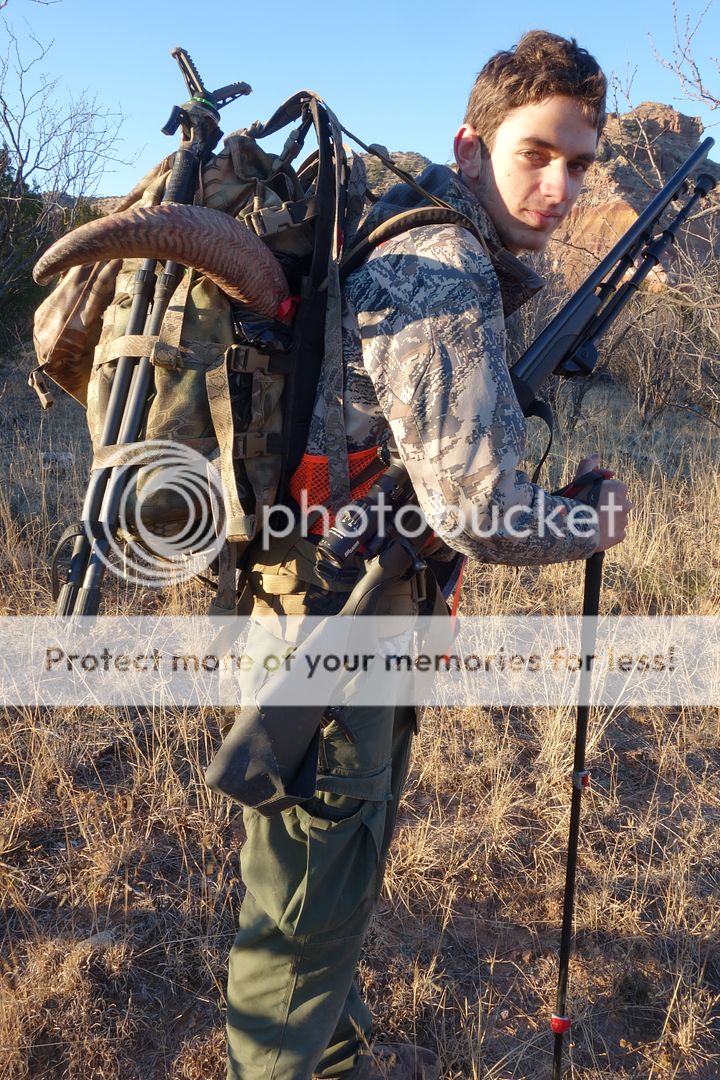The BDX system is precipitated on several concepts. Speed, connectivity, integration, flexibility, choice. All of these are achieved through the application of technology. For some shooters, this is something they don’t want. Others are comfortable with some, but not all, of what the system offers. And others see the entire system as a logical and welcome advance.
Regardless of where an individual stands, the BDX system is designed to allow each shooter to choose just how much tech they want in their kit, and select the appropriate components accordingly. It’s not an all or nothing system, it’s a system of options where the shooter gets to make their own decision on how they want to hunt and what role they want tech to play. With that in mind, the following covers how far you can go in integrating the entire solution by utilizing a BDX scope, if that is what you want. That may not be appropriate to everyone’s mind (indeed, the integrated scope/RF system cannot be used in Idaho or Oregon at this time, but according to Sig, is legal in every other state, including Colorado). But the following hopes to let you know what your options are so each individual can decide how far they want to take it.
As I mentioned in my review of the 2400, both the 2400 and 3000 BDX’s can connect and work in tandem with the phone app, a Kestrel, or a Foretrex 701 to provide shooters with a flexible ballistic solution that fits their needs. When connecting to the Kestrel or Foretrex, we have access to a system that provides shooters an accurate solution for as far as you can range, limited only by the subtension limit of the scope’s reticle.
But though I will be speaking to the 2400 and the 3k integration, the scopes will also connect with the lower line of BDX RF’s like the 2200, you just can’t connect to a Kestrel or Foretrex, so your ballistic solution is limited to 800 yards. If a BDX scope is utilized, the data flow communication is complete going from rangefinder, to ballistic solver, to BDX scope, where the holds are indicated via illuminated dot automatically.
Basically, when the RF and the scope are paired, the scope will illuminate one dot on the vertical stadia, showing where to hold for elevation based on the calculated ballistic solution from the RF or Kestrel. It will also illuminate another dot on the horizontal stadia, showing how much to hold off for wind based on the same solution. For the wind, you can set it to show a dot on both sides so it is direction agnostic, or it can be set to show based on the wind direction communicated to it by the RF/Kestrel.
Hold points move proportionally based on magnification as well, so that no matter what power you are dialed to or change to (even after the solution is communicated), the holdover/wind distance is always proportional. Sig calls this their digital focal plane because, while the reticle is in the second focal plane, by utilizing automatically adjusting hold dots, BDX scopes act a bit like a FFP scope in that subtension values remain the same, no matter the magnification.
The BDX scopes can also be used with benefits without a BDX rangefinder. By connecting the scope to the app, you can upload one of up to 25 custom curves that you create into the scope. Using the curve, 8 hold points can be custom designated by the shooter to match their load or their needs. In setting this up, the shooter has two main choices. The first is by range. In this case, you designate the range you want each dot to be set for, then the app calculates the drop based on your curve and the environmentals and turns on the appropriate dots to correspond to the needed holds for those ranges. So you could have dots for 300, 350, 400, 500, 550…up to eight choices in whatever increments you want, with the maximum range being 800 yards. The maximum number of hold points is 8, but you can have as few as you like.
This method really makes sense for hunters that need a fast but flexible solution. All you need to do is get an angle modified range from your RF (whatever brand), then hold on the appropriate dot and send it, just like other BDC scopes. The big difference is that since the dots are not static, they will work no matter what or how conditions change. Whether it’s magnification, environmentals, a new load…your holds can be updated. While not quite as fast as the full BDX system, it does allow you to work with data from whatever RF you choose to use, and does not rely on Bluetooth for its function once it has been initially setup. It makes distance based BDC holds work much more effectively and flexibly.
The other choice for holds is simple MOA , and despite the dials being MOA only, Mils. Again, the shooter can go into the app, set it to Mils or MOA, and then designate the distance between hold dots. So, for example, you can set each dot to be 2 MOA apart, or maybe you want 2 MOA for the first 4, then 1 MOA for those following. Whatever you decide, you have up to 8 dots that you can designate. I personally find this system less useful for general use, but it could be useful when shooting beyond the range of how far the scope can dial, at least if you are working in MOA. Theoretically, you could max your dial elevation out, and then utilize MOA dots to get the additional holdover you need to make the shot.

Sig 4.5-14x44 BDX scope, Sig 3000 BDX RF Binos, and a Kestrel, together provide a fast solution in the field
To summarize Sig’s digital focal plane and the ballistic reticle options, the points adjust based on magnification and, of course, can be changed as necessary, and each one can be individually designated and turned on and off. So conceivably, you could set your scope up one day with MOA or Mil dots at whatever increment you want. The next day, you could have holdovers for specific distances for that particular rifle and load. And all would automatically adjust according to the loaded curve and environmentals (for distance based holds), as well as the magnification setting of the moment.
BDX scopes also have an integrated digital cant indicator in the viewfinder. When the scope senses that it is off cant, a dot on the far edges of the horizontal stadia will blink, indicating that the rifle needs to be leveled upwards on that side. The cant indicator can be configured by the user with various settings as to the level of sensitivity where it will be activated, including an automatic mode that adjusts sensitivity based on the distance of the shot (not available when using MOA or distance holdover mode). Obviously, off is an option as well.
Sig has also included an interesting way of communicating to shooters when a shot is outside a defined envelope of lethality. Called Kinethic, it uses ballistic data to indicate to the shooter via a blinking dot that their shot may be too long for an ethical kill. That threshold is set by the shooter at whatever threshold they want, using either energy or velocity as the determining data point, and automatically updates based on the environmental conditions. So, for example, at sea level you may be good for a 700 yard shot by your standards, but that might increase to 900 yards as you increase elevation etc. Whatever you set it to, Kinethic adjusts and keeps track to let you know when the range it has received falls below the limit you have set. Like everything on this scope, this can be turned entirely off as well.
This review would likely turn into a book were I to go through all the features in exhaustive detail. but suffice it to say, there is a reason why Sig chose to call their optics division ‘Electro Optics’, and the BDX scope is an example of their focus on using technology, integrated into their optics, to push the boundaries of their products’ performance and capabilities. But what also keeps popping up the more I use the scope and system is it’s really also about options. Indeed, everything that the system offers can be turned off and disabled, and the scope is backed up by smart power management options as well as ‘no power’ options, so you are never left entirely depending on the tech.
Last edited:

